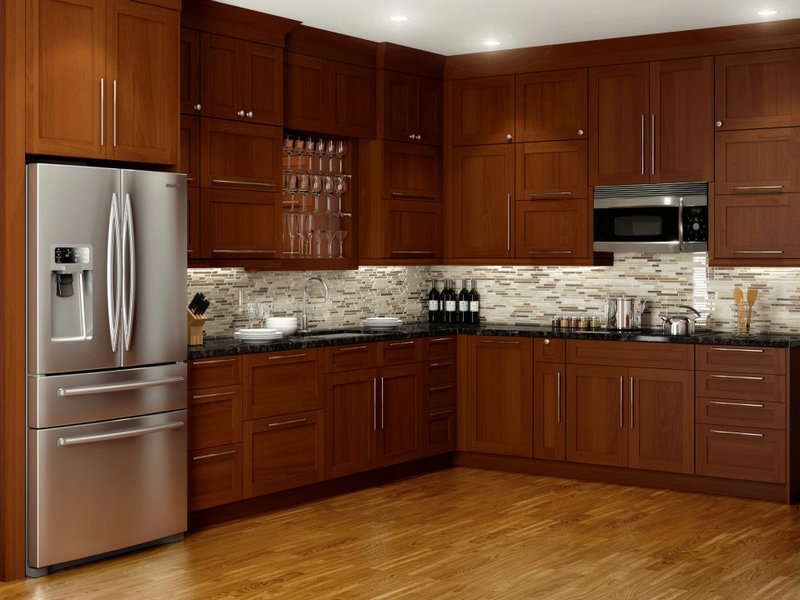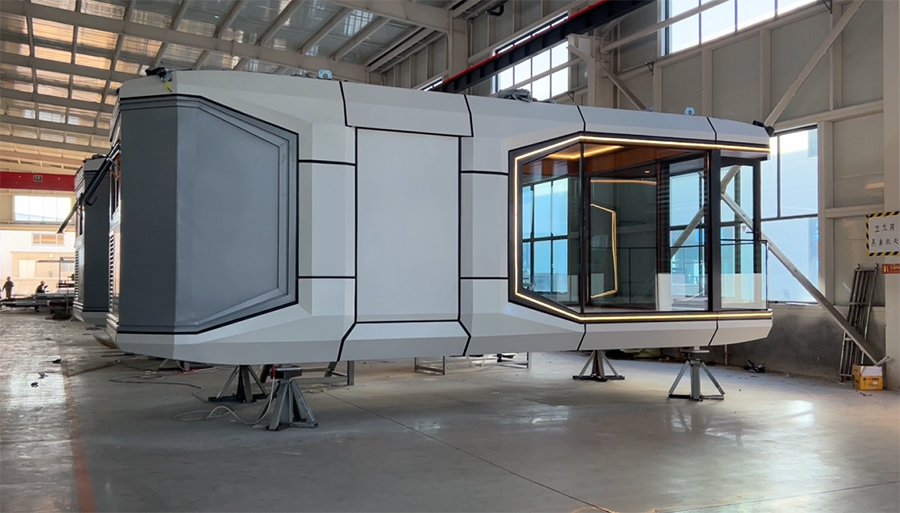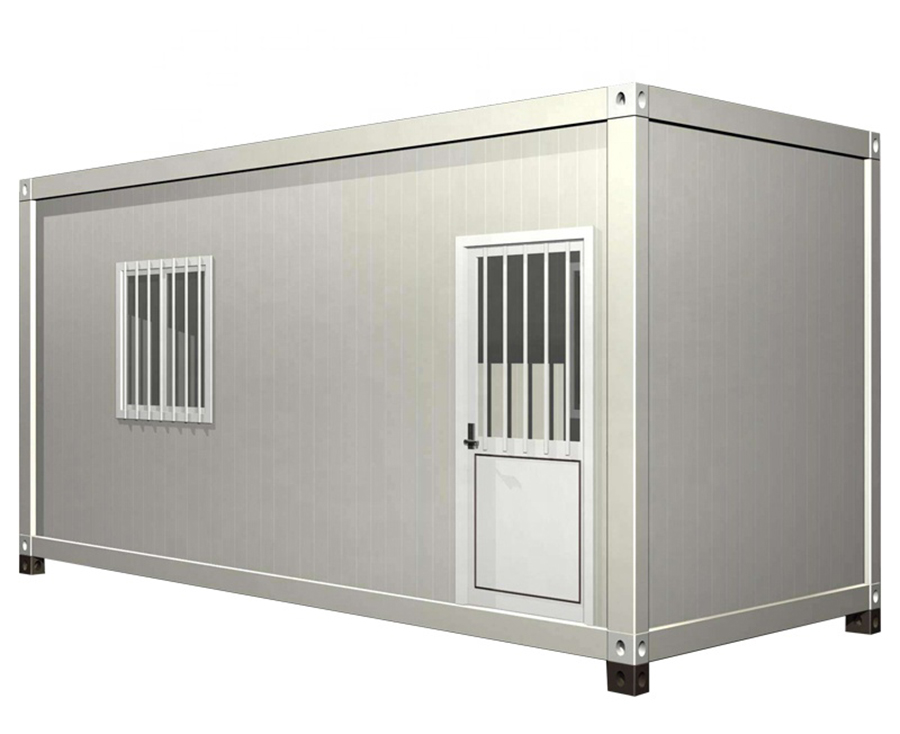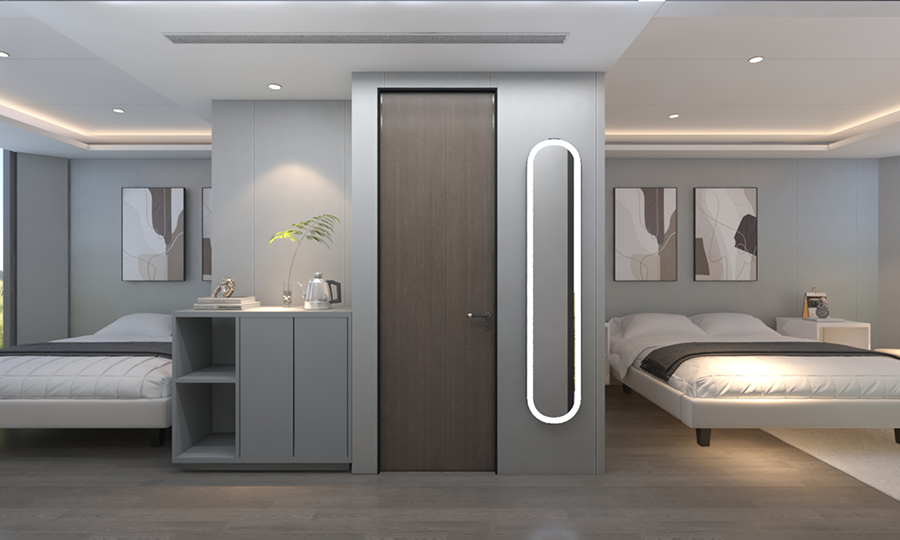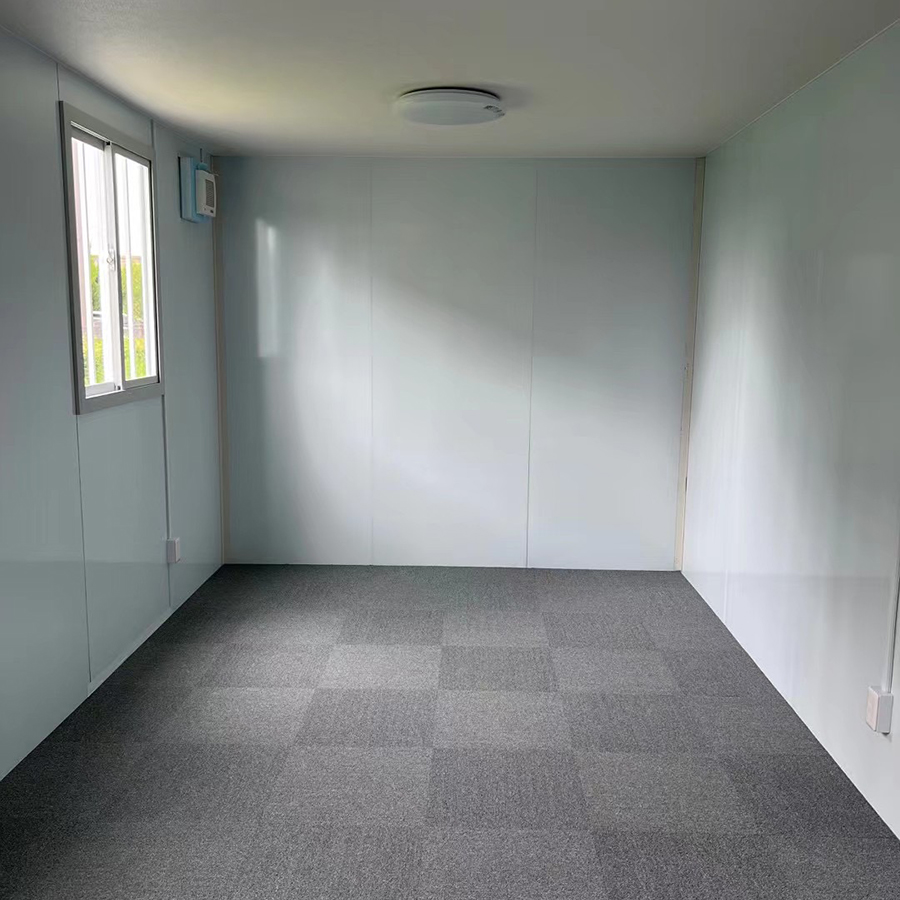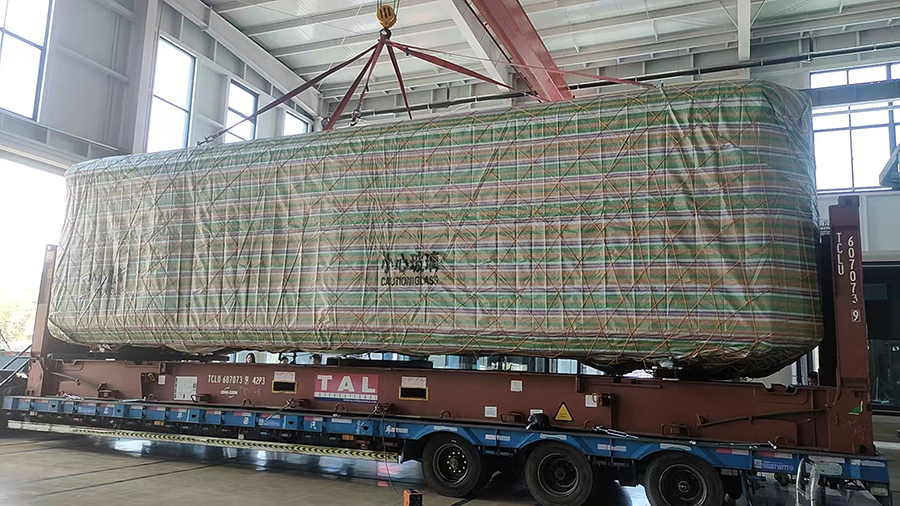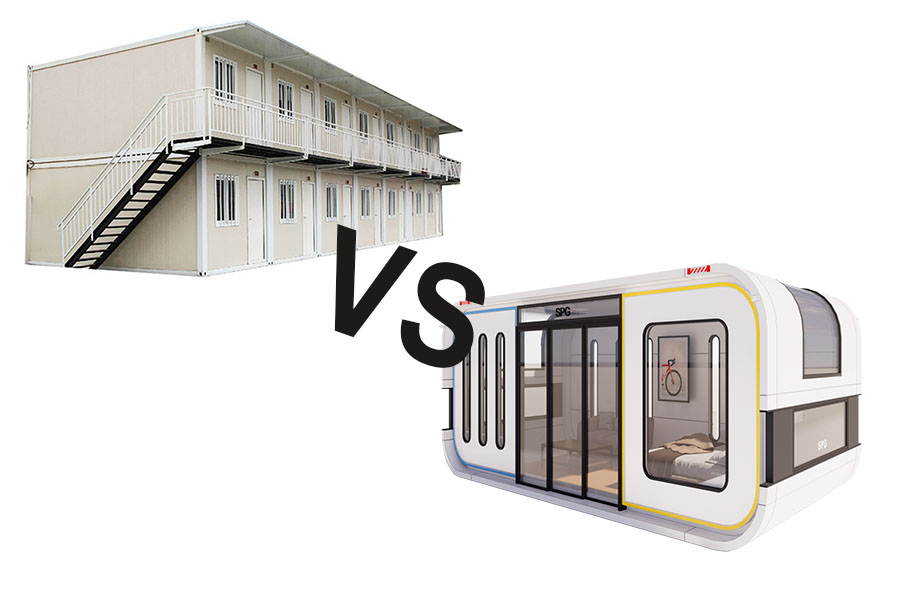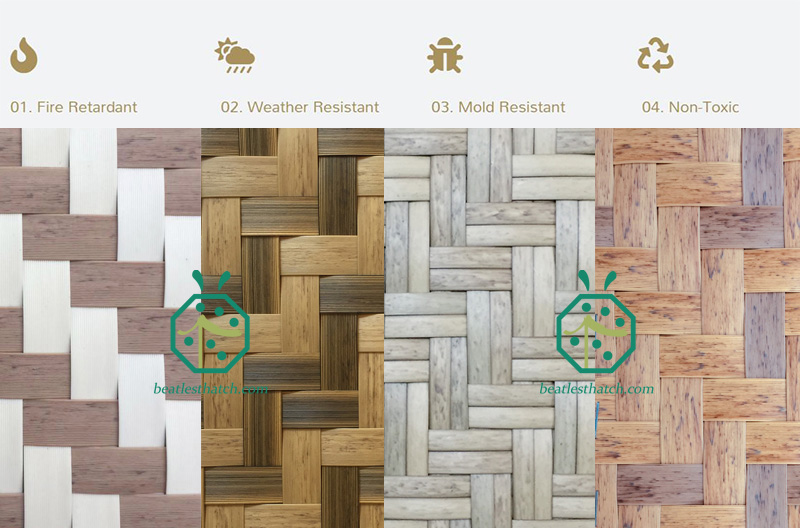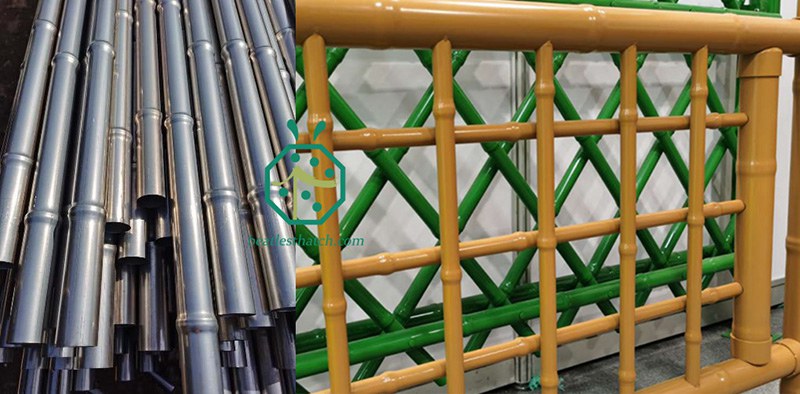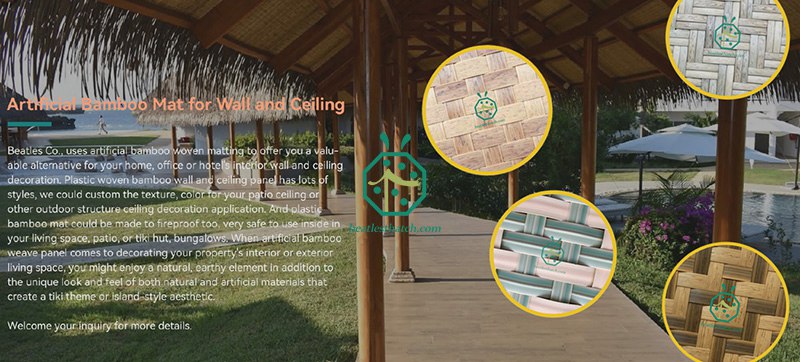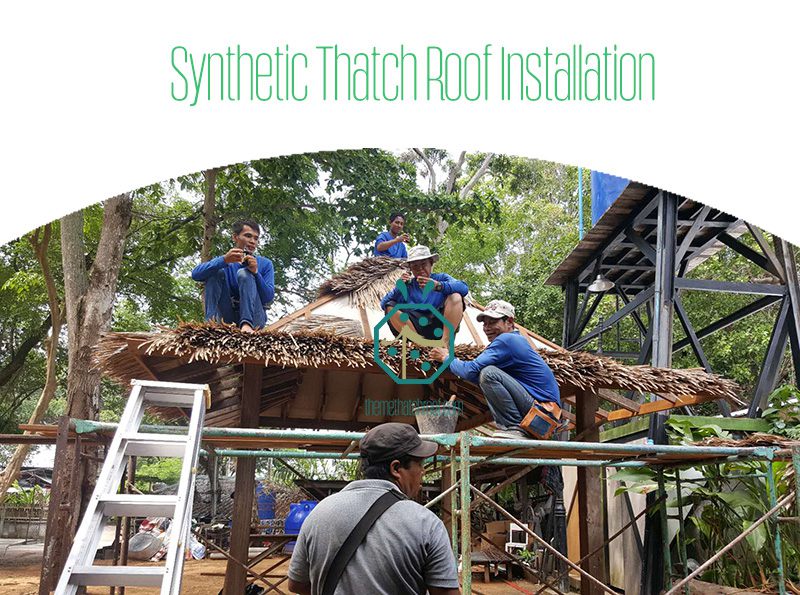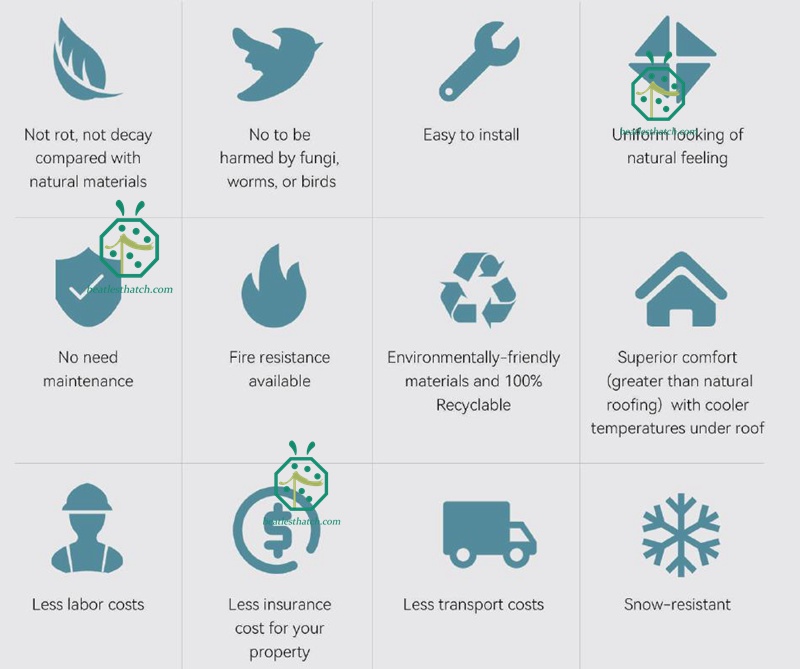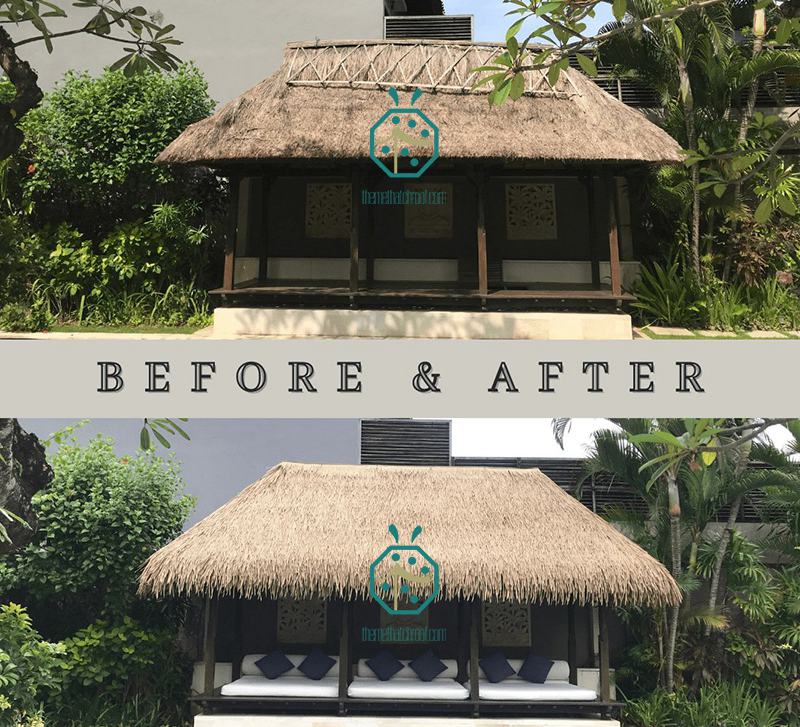With the continuous emergence of new technologies such as welding and mechanical connection, why does steel wire coil for rebar tying still occupy an absolutely mainstream position? Today, let's explore its main advantages in depth.


1. Ultimate Flexibility and Adaptability
Building structures are not simply a combination of straight lines; they are full of complex nodes, corners, and irregularly shaped components. Reinforcing steel wire coils act like an all-around "engineering tailor," capable of handling any complex shape.
Three-Dimensional Flexible Winding:The wire can be wound around the intersections of reinforcing bars in any direction, making it particularly suitable for irregularly shaped components, dense beam-column joints, and curved walls—areas where welding is difficult or sleeves cannot be screwed in.
No Heat-Affected Zone:Avoids tempering, embrittlement, and deformation of the base material caused by high welding temperatures, maintaining the original design mechanical properties.
Compatible with All Reinforcing Steel Types:Whether it's 400 MPa ordinary threaded steel, 500 MPa high-strength steel, or seismic-resistant "E" grade steel or stainless steel reinforcement, the wire coils treat them all equally.
2. Unparalleled Economic Efficiency
In large-scale projects, cost control is paramount. Rebar tying wire coils offer a significant advantage in this regard.
Extremely Low Tool Costs: The required tools are very simple—a common hook or automatic tying gun, plus coils of wire. This initial investment is negligible compared to expensive specialized equipment such as welding machines and hydraulic pliers.
Low Material Costs: The tying wire itself is annealed low-carbon steel wire, inexpensive and widely available. While the cost per node is low, the sheer volume used throughout the building results in substantial overall cost-effectiveness.
Low Skill Barrier: Training a qualified rebar tying worker is far faster than training a skilled welder or mechanical connection operator, significantly reducing labor costs and training time.
3. Reliable Synergistic Performance
The essence of reinforced concrete structures lies in the "synergistic work" between the steel reinforcement and the concrete. Lap connections perfectly serve this core principle.
Preservation of Reinforcement Properties: Lap connections do not create a heat-affected zone in the parent material of the steel reinforcement, avoiding the risks of brittleness and strength reduction that can occur with welding. They fully preserve the original mechanical properties of the steel reinforcement.
Allowing Minor Slippage: Under ultimate loads, lap connections allow for minor slippage in the steel reinforcement, which is actually a beneficial "stress redistribution" mechanism. This avoids stress concentration, making the structure more ductile and exhibiting better seismic performance. In contrast, welded joints are too rigid and often become brittle upon failure.
4. Exceptional Construction Efficiency
For large-area, high-density steel mesh and frameworks, the binding efficiency is extremely high.
Assembly Line Operation: Workers can be distributed across different areas to perform binding operations simultaneously, forming a highly efficient assembly line. Especially with the widespread adoption of automatic binding guns, binding efficiency has seen a qualitative leap; a hook and pull takes less than a second, far exceeding the speed of welding.
No Pre-Preparation Required: Binding eliminates the need for tedious pre-preparation work such as cleaning weld joints and preheating; it's ready to use immediately, significantly saving time between processes.
5. Green and Sustainable: An Overlooked Low-Carbon Highlight
Energy Consumption Comparison—The entire process from steelmaking to galvanizing, each kilogram of binding wire emits approximately 2.3 kg of CO₂, while a weld of equivalent strength requires 4.1 kg (including welding materials and electricity), resulting in a 44% reduction in carbon footprint.
No Waste Gas, No Sparks—On-site PM2.5 and manganese dust emissions are zero, eliminating the need for investment in welding fume purification equipment. 100% Recyclable—During demolition, the steel wire and rebar enter the scrap steel recycling system together, while the alloy steel of the sleeve is mixed with the main steel type, reducing its recycling grade.
In summary, steel wire coils for rebar tying solve the core problem of "keeping the rebar in the correct position" in reinforced concrete structures with minimal cost, tools, and time; while also considering quality, low carbon footprint, and economic efficiency throughout the entire life cycle. With the emergence of high-zinc coated corrosion-resistant steel wire and mechanical pushing tying devices, this traditional method continues to evolve. For modern engineering projects that prioritize speed, cost-effectiveness, and environmental friendliness, steel wire tying is not a transitional solution but rather the optimal long-term solution.


